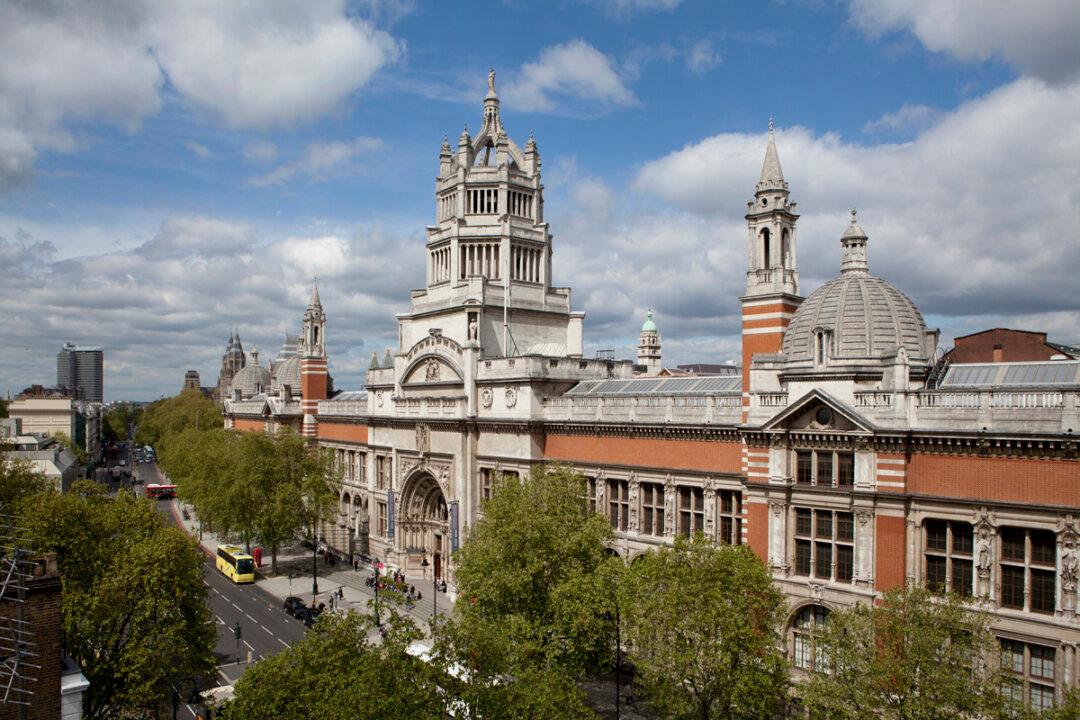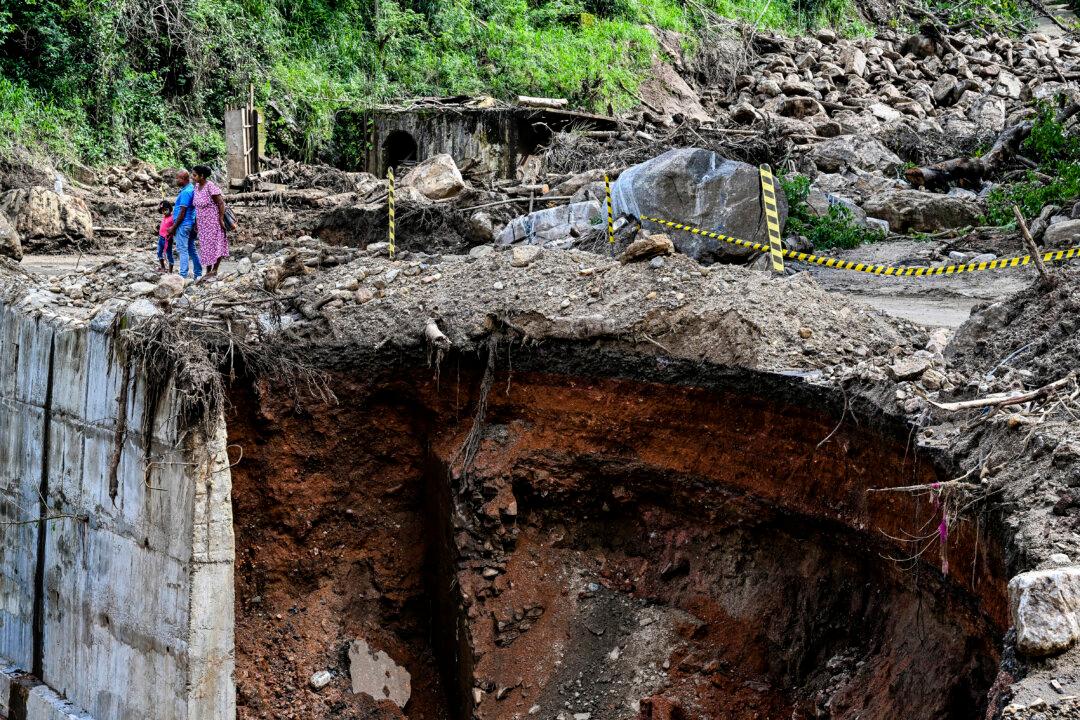The Victoria and Albert Museum, commonly known as the V&A, was the first building erected under Prince Albert’s vision to create a new cultural district in London dedicated to promoting art and scientific education and to champion British industry in the international marketplace.
The museum’s purpose was “to educate designers, manufacturers, and the public in art and design,” according to the museum’s website.






